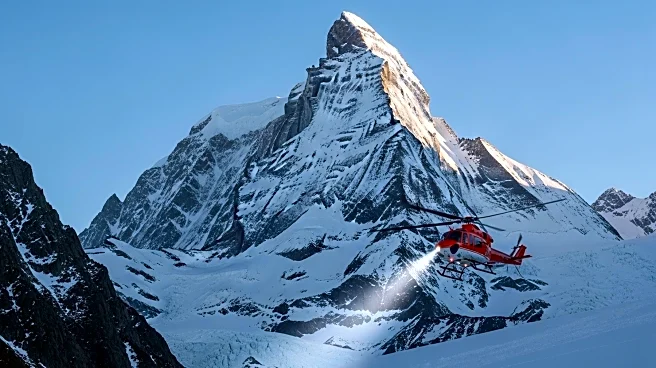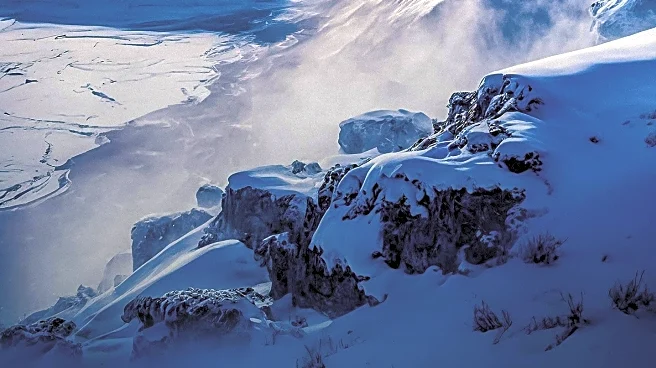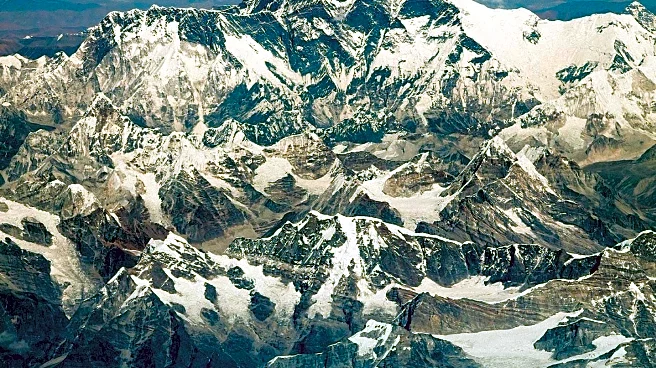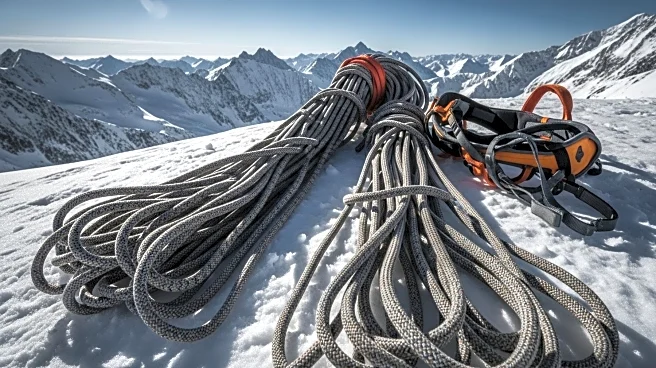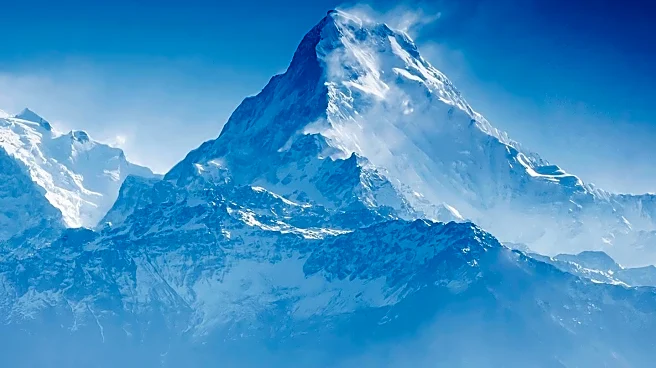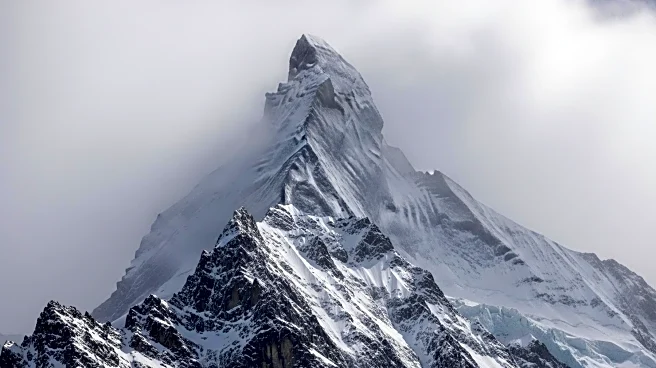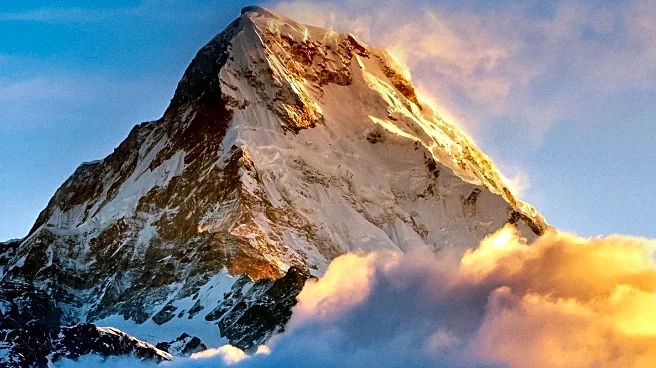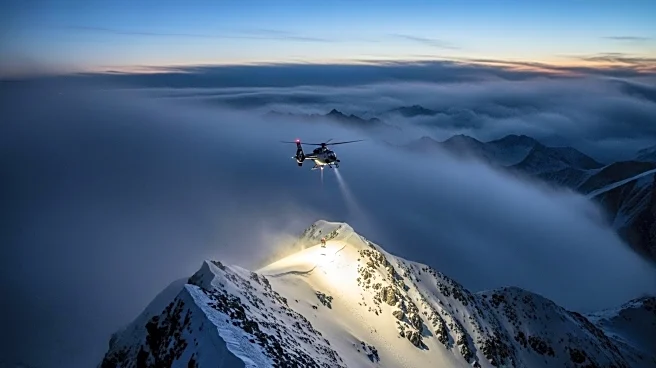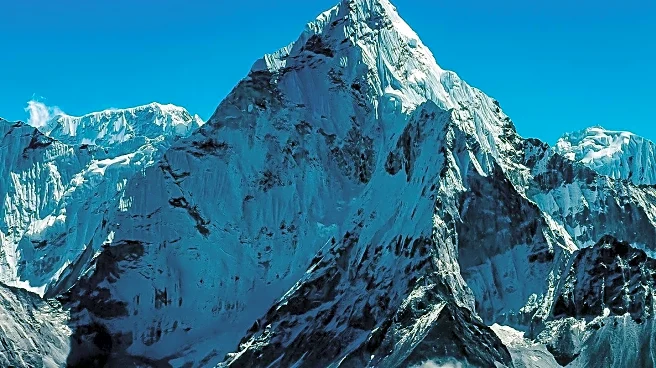What's Happening?
A severe blizzard near Mount Everest stranded 580 hikers, who have since been guided to safety in Tibet. The trekkers, along with 300 local guides and support staff, were trapped at an altitude of over 16,000 feet after heavy snowfall blocked their route. The blizzard occurred during China's Golden Week holiday, a peak time for tourism in the area. The hikers were eventually evacuated to the township of Qudang, with a final group still making their way to safety. The unexpected weather caught many experienced hikers off guard, with some showing signs of hypothermia.
Why It's Important?
The incident underscores the risks associated with high-altitude trekking, even for experienced hikers. It highlights the need for robust emergency response systems in popular trekking destinations. The blizzard's timing during a major holiday season could affect future tourism, as potential visitors may be deterred by safety concerns. The event also raises awareness about the potential impacts of climate change on weather patterns in mountainous regions, which could lead to more frequent and severe weather events.
What's Next?
Authorities are likely to review and possibly enhance safety protocols for trekking in the Himalayas. The incident may lead to increased investment in emergency infrastructure and training for local rescue teams. Tourism operators might also implement stricter safety measures and provide more comprehensive information to hikers about potential risks. The event could prompt discussions on international cooperation for rescue operations in remote areas.
Beyond the Headlines
The blizzard highlights the broader implications of climate change on tourism and local economies in mountainous regions. As weather patterns become more unpredictable, communities that rely on tourism may face economic challenges. The incident also emphasizes the importance of environmental stewardship and the need for sustainable tourism practices to protect natural landscapes and ensure the safety of visitors.

